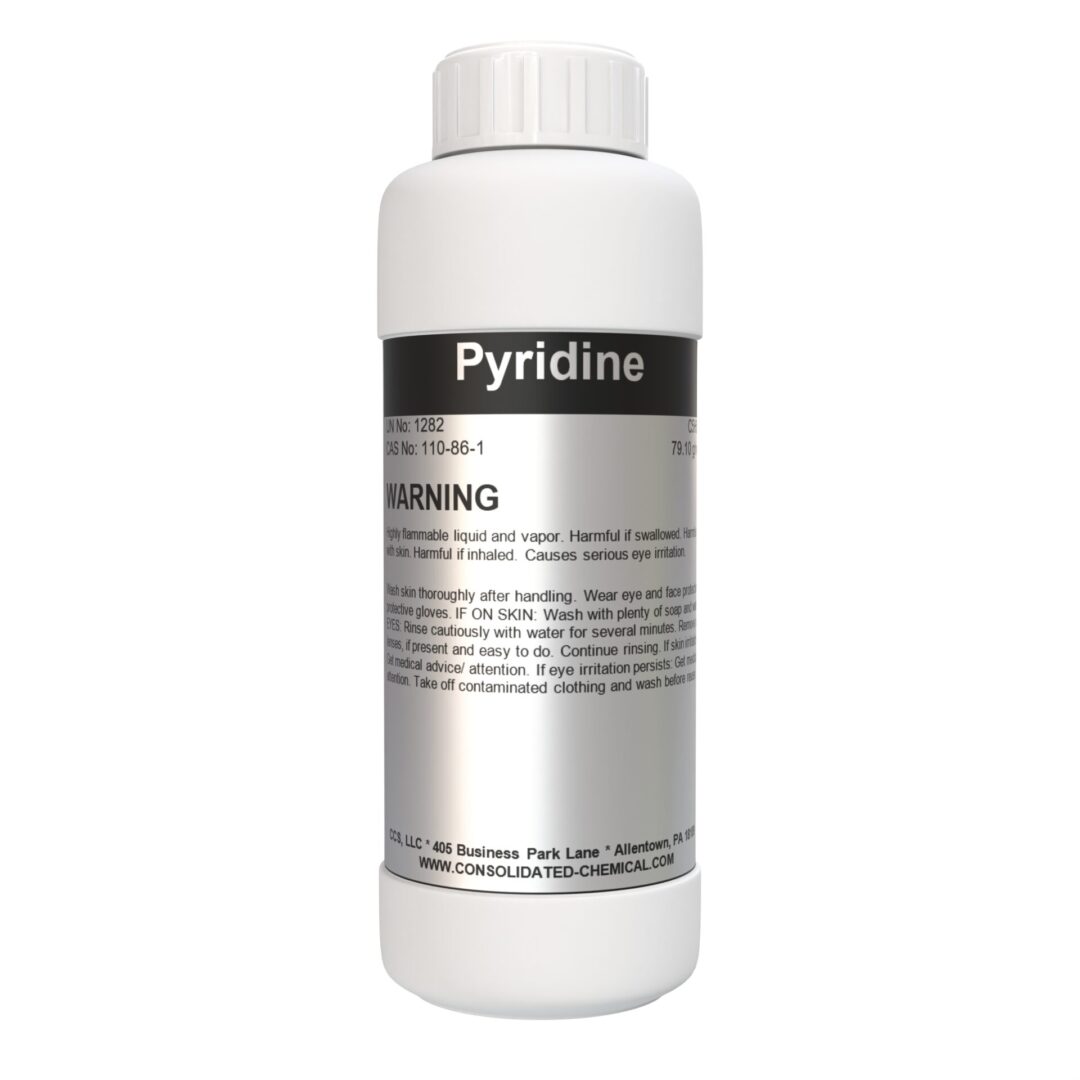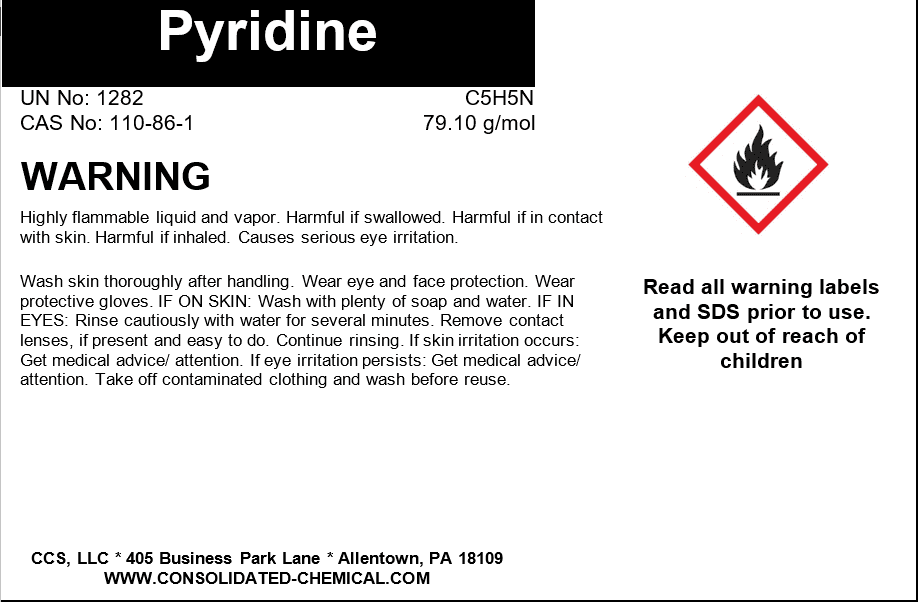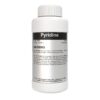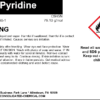Pyridine – High-Purity Solvent
$18.00 – $24.00
Chemical Identity
- Chemical Name: Pyridine
- Chemical Formula: C₅H₅N
- CAS Number: 110-86-1
- Molecular Weight: 79.1 g/mol
- Structure: Aromatic heterocyclic compound with a six-membered ring containing one nitrogen atom.
Physical Properties
- Appearance: Clear, colorless to slightly yellow liquid
- Odor: Strong, unpleasant, fish-like odor
- Density: ~0.978 g/cm³ at 20°C
- Boiling Point: 115.2°C (239.4°F)
- Melting Point: -41.6°C (-42.9°F)
- Flash Point: 20°C (68°F) (closed cup)
- Autoignition Temperature: 482°C (899°F)
- Vapor Pressure: 16 mmHg at 20°C
- Refractive Index: 1.509 at 20°C
- Solubility: Miscible with water, alcohols, ethers, and most organic solvents
Chemical Properties
- pKa (Acidity): 5.25
- LogP (Partition Coefficient): 0.65
- Stability: Stable under normal conditions but reacts with strong oxidizing agents, acids, and halogens.
Description
Pyridine is a high-purity solvent widely used in industrial and laboratory settings. Known for its versatility and effectiveness, Pyridine plays a critical role in chemical synthesis, analytical applications, and as a solvent in various reactions. Its broad applications extend to pharmaceuticals, agrochemicals, and specialty chemical manufacturing.
Applications for Pyridine:
Industrial Applications
- Chemical Intermediate:
- Used in the synthesis of pharmaceuticals, herbicides, and pesticides.
- Essential in the production of vitamins like B6 (pyridoxine) and other active pharmaceutical ingredients (APIs).
- Precursor for dyes, rubber chemicals, and adhesives.
- Catalyst/Reaction Medium:
- Catalyst or reagent in esterification, dehydrogenation, and condensation reactions.
- Serves as a base catalyst in organic synthesis.
- Specialty Chemical Manufacturing:
- Used in the production of water repellents, textile finishes, and paints.
- Helps synthesize flavoring agents and fragrance chemicals.
Laboratory Applications
- Solvent:
- Commonly used as a solvent in organic reactions due to its ability to dissolve both polar and nonpolar substances.
- Effective solvent in chromatography and spectroscopy techniques.
- Reagent:
- Used in reactions involving acylation, alkylation, and polymerization.
- Participates in creating coordination compounds and heterocyclic derivatives.
- Analytical Chemistry:
- Used in titrations and as a standard solvent for determining chemical properties of compounds.
Pharmaceutical Applications
- Drug Development:
- Integral in the synthesis of certain antibiotics, antihistamines, and sedatives.
- Key intermediate for producing anti-inflammatory drugs and antituberculosis medications.
Agricultural Applications
- Pesticides and Herbicides:
- Pyridine derivatives are crucial in the formulation of pesticides, herbicides, and fungicides.
- Growth Regulators:
- Used in the synthesis of plant growth regulators.
Energy and Environmental Applications
- Fuel Additive:
- Used to improve the stability and combustion efficiency of diesel and other fuels.
- Environmental Testing:
- Helps in analyzing soil and water samples in environmental research.
Other Applications
- Electronics:
- Used in the manufacturing of electrolytes and other components for batteries and electronics.
- Textiles:
- Involved in creating durable textile finishes and protective coatings.
- Rubber and Plastics:
- Precursor for vulcanization accelerators and plastic stabilizers.
Storage Recommendations
- Storage Conditions:
- Store in a cool, dry, and well-ventilated area.
- Keep away from heat, open flames, and other ignition sources.
- Avoid exposure to direct sunlight.
- Container Requirements:
- Use tightly sealed, corrosion-resistant containers made of compatible materials, such as glass or specific types of plastic (consult the manufacturer for compatibility).
- Ensure containers are clearly labeled with the chemical name and hazard information.
- Segregation:
- Store away from incompatible substances, such as strong acids, strong oxidizing agents, and halogens.
- Do not store with food, beverages, or other consumables.
- Temperature Control:
- Maintain a stable temperature, typically below 25°C (77°F).
- Avoid freezing or overheating, as it may compromise the integrity of the container or the chemical.
Handling Recommendations
- Personal Protective Equipment (PPE):
- Gloves: Use chemical-resistant gloves (e.g., nitrile or neoprene).
- Eye Protection: Safety goggles or a face shield to prevent eye exposure.
- Clothing: Lab coat or chemical-resistant apron.
- Respiratory Protection: Use a properly fitted respirator with cartridges for organic vapors when working in poorly ventilated areas.
- Ventilation:
- Always handle Pyridine in a fume hood or a well-ventilated area to prevent inhalation of vapors.
- Safe Handling Practices:
- Avoid inhalation, ingestion, or contact with skin and eyes.
- Do not eat, drink, or smoke while handling Pyridine.
- Transfer Pyridine carefully to minimize spills and vapor release.
- Ground containers during transfer to prevent static discharge.
- Emergency Equipment:
- Keep eyewash stations and safety showers easily accessible in areas where Pyridine is handled.
Additional information
| Size | 100mL (3.3 Fl Oz), 250mL (8 Fl Oz) |
|---|
Related products
-
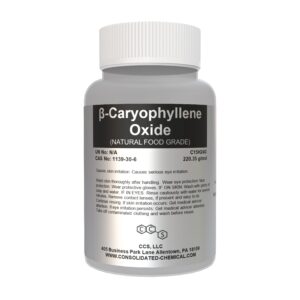
B-Caryophyllene Oxide | Natural Food Grade
$12.00 – $19.99 Select options This product has multiple variants. The options may be chosen on the product page -
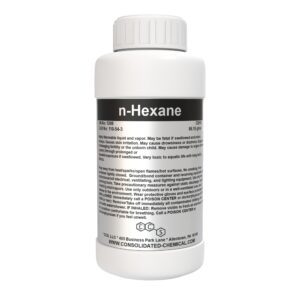
n-Hexane – High Purity Reagent Solvent
$12.99 – $49.99 Select options This product has multiple variants. The options may be chosen on the product page -

Para Cresyl Methyl Ether – High-Purity Aroma Chemical
$12.00 – $39.99 Select options This product has multiple variants. The options may be chosen on the product page -
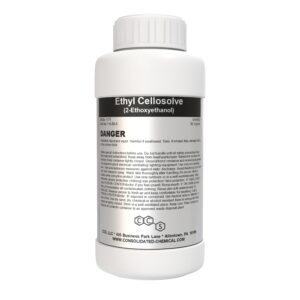
Ethyl Cellosolve (2-Ethoxyethanol) – Reagent Grade
$22.00 – $79.99 Select options This product has multiple variants. The options may be chosen on the product page
SKU: N/A
Category: Solvents (3)
Tags: Aromatic heterocyclic compound, buy pyridine, CAS 110-86-1, Chemical Intermediate, High-purity chemical solvent, High-purity Pyridine, Industrial Solvent, Laboratory Solvent, Organic synthesis solvent, Pyridine, pyridine adhesives, pyridine agrochemicals, pyridine alkaloid synthesis, pyridine alternative solvents, pyridine anhydrous, pyridine antibiotic synthesis, pyridine aromatic heterocycle, pyridine bioactive compounds, pyridine biodegradability, pyridine boiling point, pyridine bulk, pyridine carbon-carbon coupling, pyridine CAS 110-86-1, pyridine catalyst, pyridine chemical industry trends, pyridine chemical intermediate, pyridine chemical properties, Pyridine chemical reagent, pyridine chemical structure, pyridine corrosion inhibitor, pyridine cosmetics, pyridine demand, pyridine density, pyridine distributor, pyridine drug formulations, pyridine dyes and pigments, pyridine electrochemistry, pyridine electron donor, pyridine environmental impact, pyridine export, pyridine flavor and fragrance, pyridine food additive, Pyridine for adhesives, Pyridine for agrochemicals, Pyridine for analytical chemistry, Pyridine for coatings, Pyridine for dyes, Pyridine for industrial applications, Pyridine for laboratory use, Pyridine for pharmaceuticals, pyridine for plastic manufacturing, Pyridine for research, pyridine for sale, pyridine fuel additive, pyridine GC-MS, pyridine global market, pyridine handling, pyridine hazards, pyridine herbicide precursor, pyridine high purity, pyridine HPLC solvent, pyridine hydrogen bonding, pyridine hydrolysis, pyridine import, pyridine in analytical chemistry, pyridine in coatings, pyridine in epoxy resins, pyridine in lubricants, pyridine in metalworking fluids, pyridine in pharmaceuticals, pyridine in textiles, pyridine industrial applications, pyridine industrial grade, pyridine lab reagent, pyridine laboratory reagent, pyridine Lewis base, pyridine logistics, pyridine manufacturer, pyridine melting point, pyridine MSDS, pyridine near me, pyridine nitrogen compound, pyridine NMR analysis, pyridine organic synthesis, pyridine oxidation, pyridine personal care products, pyridine pesticide intermediate, pyridine petrochemical applications, pyridine pharma grade, pyridine pharmaceutical excipient, pyridine pharmaceuticals synthesis, pyridine polymer industry, pyridine polymerization catalyst, pyridine precursor chemicals, pyridine price, pyridine production process, pyridine pyridinium salts, pyridine reaction solvent, pyridine reduction, pyridine refining, pyridine research chemical, pyridine rubber chemicals, pyridine safety data sheet, pyridine solubility, pyridine solvent, Pyridine solvent for reactions, pyridine specialty chemicals, pyridine spectroscopic analysis, pyridine stability, pyridine storage, pyridine supplier, pyridine supply chain, pyridine synthesis, pyridine synthetic chemistry, pyridine textile dyeing, pyridine tobacco industry, pyridine toxicity, pyridine trade, pyridine UV absorption, pyridine veterinary medicine, pyridine wholesale, Solvent for organic synthesis



